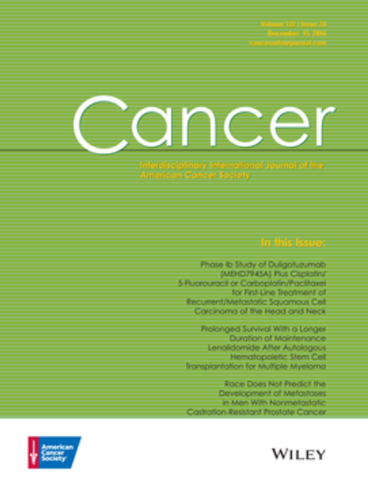A phase 1 dose-escalation study of LY3295668 erbumine as monotherapy and in combination with topotecan and cyclophosphamide in children with relapsed/refractory neuroblastoma
Abstract
Background
This study evaluated the safety, pharmacokinetics, and antitumor activity of LY3295668 erbumine as monotherapy and combination therapy in children with relapsed/refractory neuroblastoma.
Methods
Patients aged 2–21 years who had relapsed/refractory neuroblastoma were enrolled. LY3295668 erbumine was evaluated at two dose levels (12 and 15 mg/m2) and administered orally twice daily continuously as monotherapy and in combination with intravenous topotecan and cyclophosphamide in 28-day cycles.
Results
Twenty-five patients were treated. No dose-limiting toxicity occurred in monotherapy; one patient had dose-limiting toxicities in the combination therapy cohort (grade 3 mucositis and grade 4 neutropenia). The recommended phase 2 dose for both monotherapy and combination therapy was 15 mg/m2. Twenty-two patients (88%) had one or more treatment-related adverse event(s) (TRAEs), and 18 (72%) experienced grade ≥3 TRAEs. Myelosuppression was the most common high-grade TRAE observed in the combination therapy cohort. At both dose levels, steady-state plasma concentrations exceeded xenograft 90% inhibitory concentration levels. In the monotherapy cohort, one patient had a minor response, and one patient had stable disease, both continuing for >12 months. In the combination therapy cohort, two patients had a partial response, two had a minor response, and six had stable disease. Overall, the response rate, according to New Approaches to Neuroblastoma Therapy version 2.0 criteria, was 8%, and the disease control rate was 52%.
Conclusions
LY3295668 erbumine had a manageable safety profile as monotherapy and in combination therapy. Although proof-of-concept clinical responses were observed, future studies with biomarker-selected populations and/or novel combinations may yield higher response rates with Aurora kinase A inhibition.


 求助内容:
求助内容: 应助结果提醒方式:
应助结果提醒方式:


